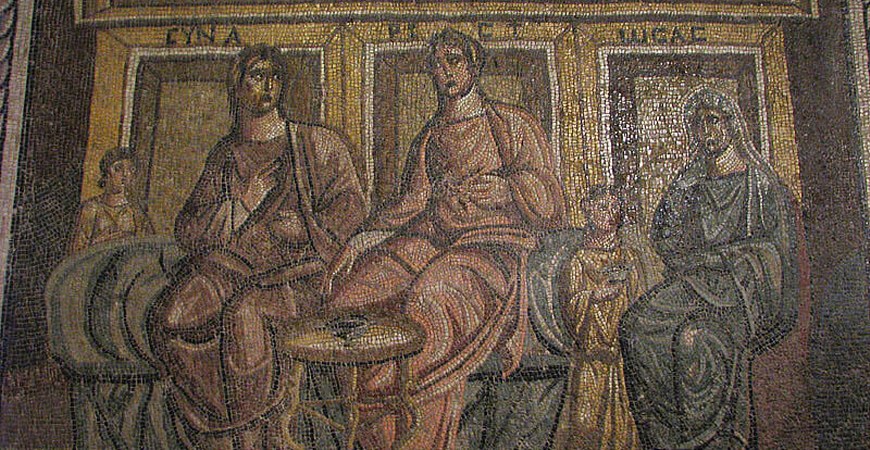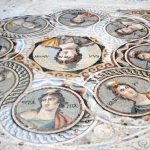Gaziantep Museum and The Museum of Elazig,
THE MUSEUMS OF ELAZIG
Elazig Archaeological and Ethnographic Museum: Elazig Archaeological and Ethnographic Museum was established in a temporary building in 1965. One of the rooms of the museum, now a store room, is reserved for archaeological works and contains earthenware pottery, idols, figurines, marble statues and pieces, grave steles, water jars, discs, metal ornaments and coins dating from the Prehistoric periods to the Byzantine period. The second room contains ethnographic works, including embroidery from the region of Elazig, kilims and tapestries, kitchen utensils, women’s clothes and ornaments. Between the years 1968 to 1974 excavations were conducted at the archaeological sites and barrows which would be flooded by the Keban Dam being built in the province of Elazig. Findings were stored in buildings of the State Architectural and Engineering Academy in Elazig, while a new building was being constructed. Upon completion, it will be opened as the Elazig Museum. You can visit our private tours in Turkey page.
Harput Museum: In 1960 objects found in Harput, a sub-province of Elazig, were placed in Alaca: Mosque. The objects in the museum include a cuneiform inscription from the Urartu Monarchy found in Bailin Castle, steles and inscriptions from the Roman period, and Islamic gravestones in the shape of rams.
GAZIANTEP MUSEUM
Work on the establishment of a museum in Gaziantep first began in 1944, when a building was rented as a depot for objects found in the region. The objects in this depot were moved in 1954 to Nun Mehmed Pasha Mosque, where they were put on exhibition in 1958. In 1968, a new museum building was completed in the Culture Park, and the works moved here. The new museum building was opened in 1969 and contains on the one hand objects found by excavations at the Tilmen and Yesemek barrows, and on the other interesting examples of Gaziantep’s local handicrafts. The museum consists of a small and a large exhibition room, administrative offices, and depots. The archaeological section is arranged in chronological order, with ceramics and bone and metal objects from the Neolithic, Chalcolithic and Bronze Ages, and statues, figurines, cylindrical and circular seals, basalt inscriptions in Hittite hieroglyphics, ceramics, metal objects, coins, building stones from the Hittites, Mitanni, and Hurrian. If you are looking for an Islamic tour package in Turkey, check this tour: 6 Days Istanbul Muslim Tour Package.
Babylonian periods. There are also some objects found in excavations of the Tilmen and Gedikli barrows in the corridor of the museum. The Ethnographic section of the Gaziantep Museum contains costumes, manuscripts, kitchen utensils, jewelry, embroidery, weapons etc. In the courtyard and exedras of the museum are stone works, sphinxes and water jars from various periods.




































































































































